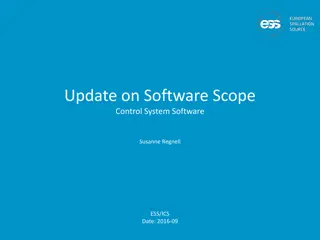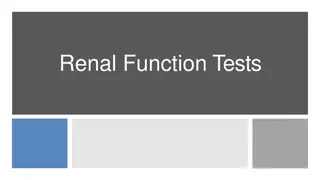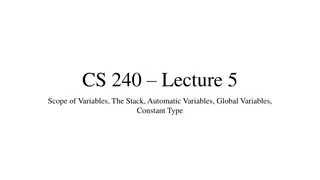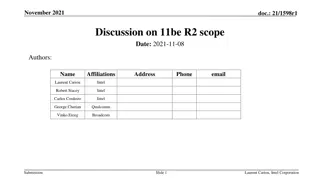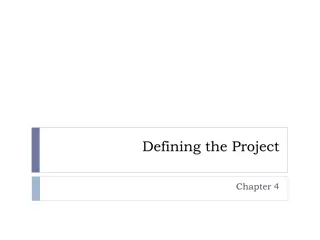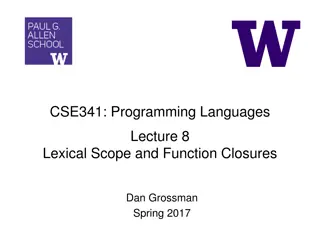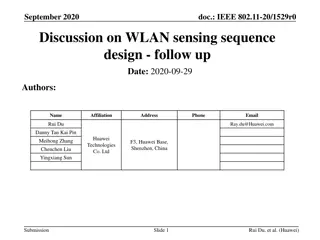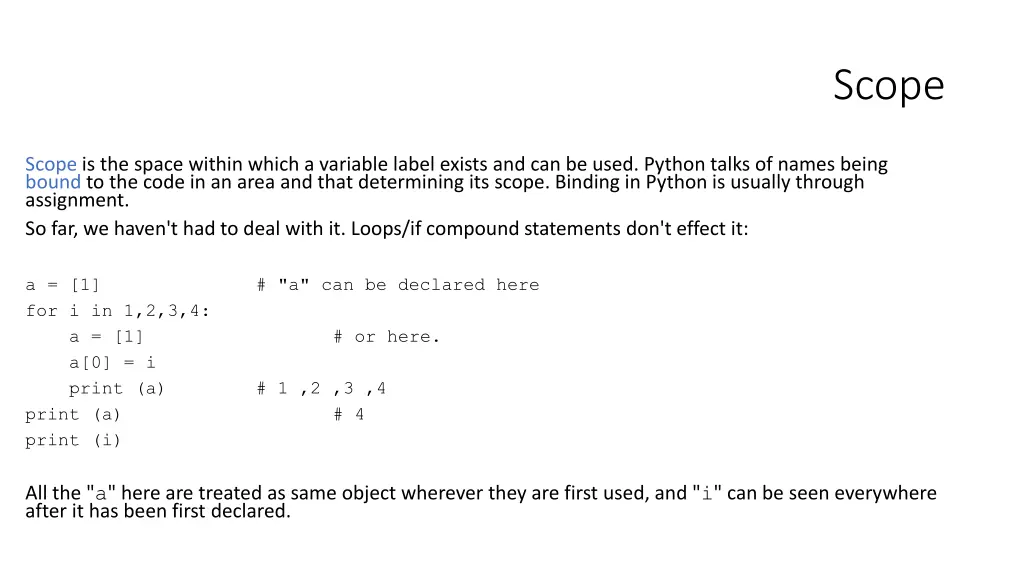
Understanding Variable Scope in Python
Explore the concept of variable scope in Python, encompassing local and global variables, function scopes, and nested scopes. Understand how variables are bound within different areas of code and learn techniques for managing variable scope effectively. Dive into practical examples illustrating the behavior of variables within functions, blocks, and script scopes.
Download Presentation

Please find below an Image/Link to download the presentation.
The content on the website is provided AS IS for your information and personal use only. It may not be sold, licensed, or shared on other websites without obtaining consent from the author. If you encounter any issues during the download, it is possible that the publisher has removed the file from their server.
You are allowed to download the files provided on this website for personal or commercial use, subject to the condition that they are used lawfully. All files are the property of their respective owners.
The content on the website is provided AS IS for your information and personal use only. It may not be sold, licensed, or shared on other websites without obtaining consent from the author.
E N D
Presentation Transcript
Scope Scope is the space within which a variable label exists and can be used. Python talks of names being bound to the code in an area and that determining its scope. Binding in Python is usually through assignment. So far, we haven't had to deal with it. Loops/if compound statements don't effect it: a = [1] for i in 1,2,3,4: a = [1] a[0] = i print (a) print (a) print (i) # "a" can be declared here # or here. # 1 ,2 ,3 ,4 # 4 All the "a" here are treated as same object wherever they are first used, and "i" can be seen everywhere after it has been first declared.
Function scope Functions have more complicated scoping. Although the declaration of a function looks similar to a compound statement clause header, the function declaration generates a block, which has scoping rules. Starting with variables labels made inside a function: def a (): b = 10 print(b) a() print(b) This will run the print statement within the function, but fail for that outside because b has been first allocated inside the function. This makes b a local variable, only available within the function and functions within it.
Function scope One solution in a script is to define the variable outside the function: b = 10 def a (): print(b) a() print(b)
Function scope One solution in a script is to define the variable outside the function: b = 10 # b here is a "global variable" # it can be see everywhere there # isn't a variable of the same # name assigned. def a (): print(b) # b here is a "free variable" i.e. # defined outside the current block. a() print(b)
Function scope As soon as you declare a variable inside a block, it is a new variable label. Contrast: b = 10 def a (): b = 20 print(b) # Prints 20. print(b) # Prints 10. a() print(b) # Prints 10. with: b = 10 def a (): print(b) # Prints 10; # Prints 10. print(b) a() print(b) # Prints 10.
Global variables Variables outside of functions in scripts are global: in theory they can be seen anywhere. However, the rule about local assignments creating local variables undermines this. To force a local assignment to a global variable, use the global keyword, thus: b = 10 def a (): global b b = 20 print(b) # Prints 20. print(b) # Prints 10. a() print(b) # Now prints 20 as the function # changes the global b.
Nested scopes With nested functions you can imagine situations where you don't want to use a global, but do want a variable across all the functions: a = 1 def f1(): a = 2 def f2(): a = 3 print(a) # Prints 3. f2() print (a) # Prints 2 - but we'd like 3. f1() print(a) # Prints 1.
Nested scopes We can achieve this with the nonlocal keyword, which propagates variable labels out one nest (unless there they are set to global). a = 1 def f1(): a = 2 def f2(): nonlocal a a = 3 print(a) # Prints 3. f2() print (a) # Prints 3. f1() print(a) # Prints 1.
Variable labels Note that variable labels in function declarations are also local to the function, but we're only talking about labels here, not values: def a(b): print(b) b c c = "hi you" a(c) "hi you" Here, b is local to the function, but the "hi you" referred to can be seen anywhere there's a label attached to it.


